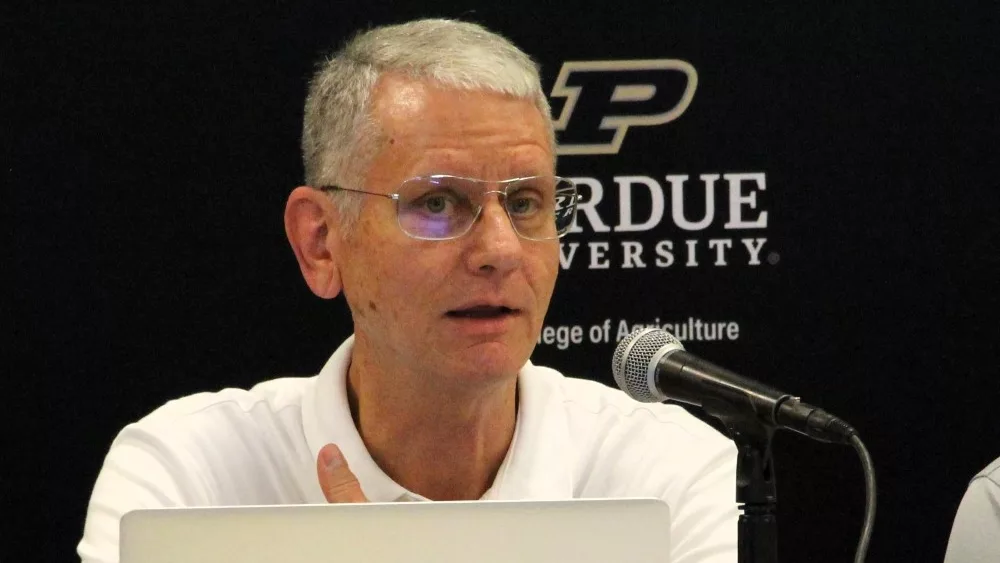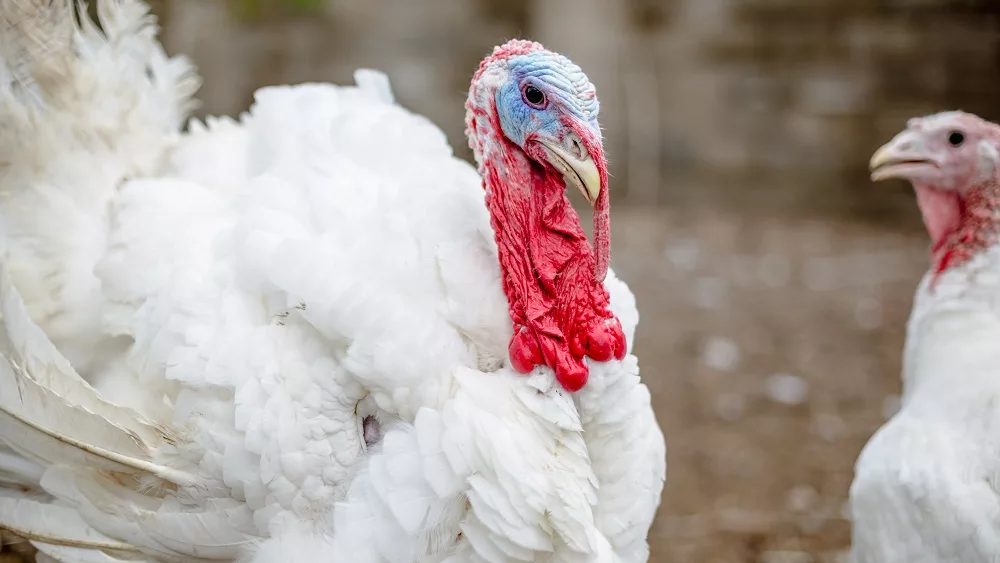Delayed planting this year meant seed went into warmer soils and emergence happened at a rapid pace. Purdue Extension Corn Specialist Dan Quinn says that, for the most part, Indiana corn looks pretty good. There are some problem areas though.
“There have been some fields that haven’t been the greatest, and a lot of those fields we can see a little bit of the sins that went on with the delayed planting. You can see the sprayer tracks, I’ve seen tillage passes, I’ve seen a little bit of sidewall compaction.”
Quinn says some Central Indiana and Southeast Indiana farmers have noticed sulfur deficiency in their corn.
“Take some tissue samples. Tissue samples do a really good job of diagnosing sulfur deficiency in corn. So, taking from the good spots and the bad spots and you can supplement those with soil samples as well. Soil samples tend to be not the best for diagnosing sulfur.”
Quinn has also seen Rapid Growth Syndrome in many fields across the state.

“If you look across the field, you can see really bright, almost translucent, kind of really light-yellow leaves emerging from that corn plant. That just means the corn plant is growing so fast that those tightly wound leaves in that whorl just can’t keep up in that plant as they receive sunlight. So, you can actually see that, and you can actually see leaves tearing too on corn leaves this time of year and that’s just that Rapid Growth Syndrome.”
Hear more from Quinn on this year’s Indiana corn crop in the Purdue Crop Chat Podcast below:




